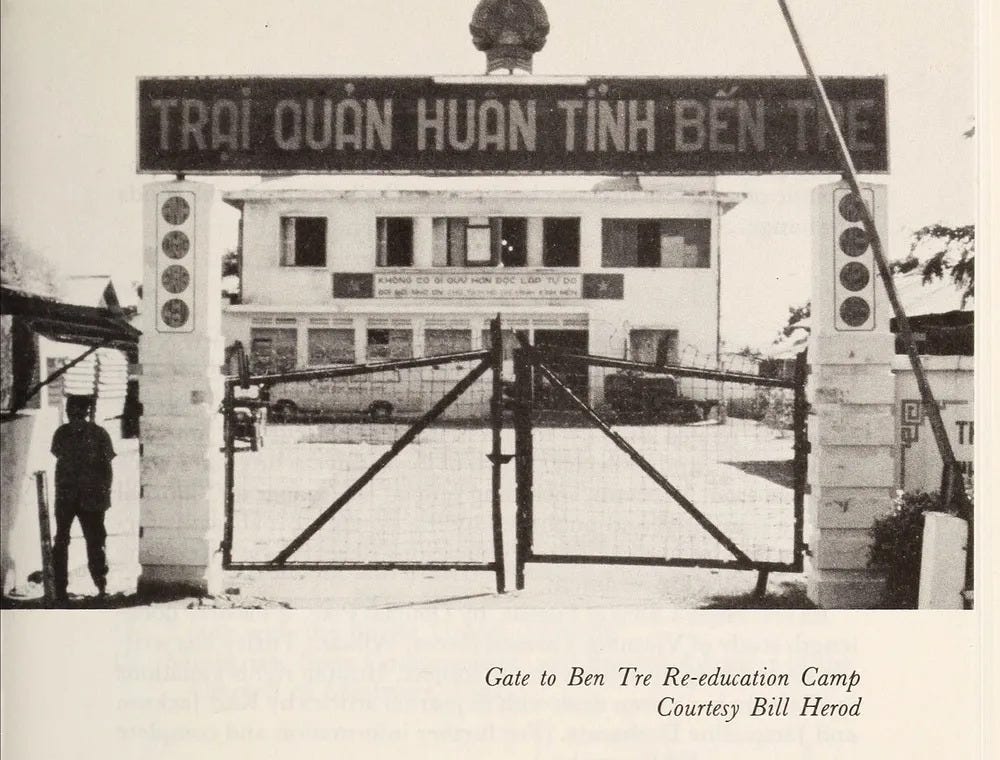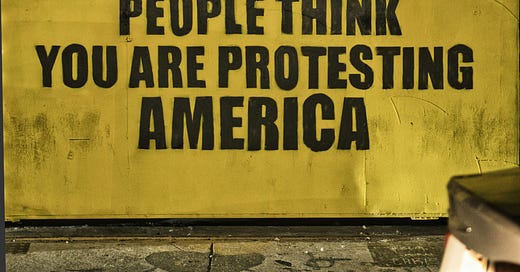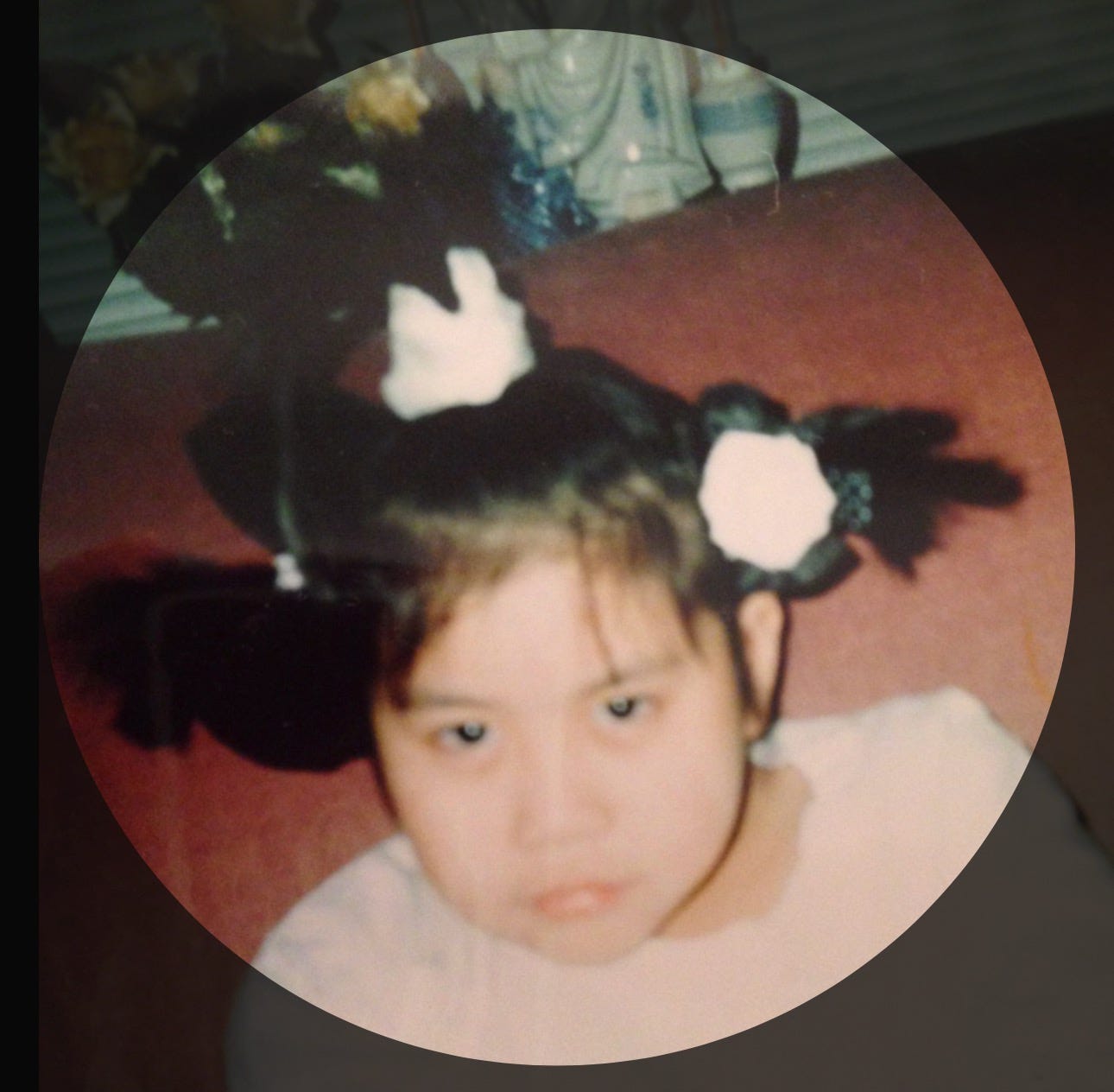I recently taught a class on unpacking race as part of Joyful Liberation Collective’s Mindful Changemakers, an original social justice x mindfulness program that looks at how we can heal from oppression through the intersectional lens of race, gender, sexuality, and the body. As with most of my classes, I like to write out what I’m about to say ahead of time. During our session, most of the folks in the room said they had never been asked about how white supremacy lives in their body — much less how one can heal from it. So I thought this talk could serve a larger purpose if I shared it with you, dear reader. Here is an essay version (a loose transcript) inviting you to ask these same questions that you perhaps have never been asked before.
Contemplations
How does white supremacy show up in your body?
How can you heal from white supremacy?
***
Hi everyone, my name is Kim Thai, I use she/ her pronouns and I’m glad to be here. Before we get started, I always think it’s important to know who you are learning from – I have been practicing yoga and meditation for almost 10 years now and am certified to teach meditation and yoga. I’ve studied at the Trauma Resource Institute and learned somatic abolitionism from Resmaa Manakem. I’m currently a student in Zen Master Thich Nhat Hanh’s Buddhist tradition, with the aspiration of becoming a dharma teacher and will be starting my MSW this Fall to become a licensed social worker.
I’ll be honest that I had a bit of trepidation in coming here today and holding space on this topic today. Let me first say that I’ve done much work unpacking race and looking at how white supremacy has been internalized in my body, but I am still learning and unlearning.
All of this work is incredibly personal, vulnerable — and human. Often when we talk about this work — race, gender, sexuality, different abilities, our bodies — it gets categorized as “DEI”, a checkbox, a woke annoyance, when in actuality, these identities shape how we see the world and how the world sees us.
Our time together today will start with me sharing my story, then we’ll go into personal reflection, shares in the group, and then we’ll open it up for questions for me.
Often when we talk about race, it is charged, it is messy, and even in spaces where healing is intended, harm occurs. And though I recognize that everyone is coming from a different place of knowing and being with their positionality, social location and lived experience, I will do my best to hold this space in a way that minimizes any harm and would ask that you to do the same. My hope is that we will co-create this space together, leading with our heart and being open to tenderness.
So the question I want to pose to the group is how does white supremacy live in your body?

I’ll start with my story: I’m a first-generation American and a proud kid of Vietnamese War refugees. My parents immigrated to the States in 1977 — two years after Vietnam fell to Communism. During those two years, from 1975 to 1977, my father was captured by the VietCong and held as a prisoner of war in a re-education camp. My father was one of approximately 1 million men who were captured by the Communist at that time, and subjected to torture, inhumane physical labor, and brainwashing.
But my Dad was one of the lucky ones.
My mother had stayed behind, with my older sister who was a newborn, and searched for him — and found him. I recently interviewed my parents about their love story for an episode of the Vietnamese Boat People podcast to celebrate their 50th Wedding Anniversary and when I asked my father how he felt when he left Vietnam, he said he felt like he could now die in peace — because he was finally free.
So this was the mindset, the relief they had when they came to the States. It is also the mindset I grew up with — one filled with gratitude, reverence and deference to America. My parents eventually settled in Houston with my mother’s side of the family, so I grew up in a predominantly white suburb outside of Houston, Texas.
I was often the only person of color in the room for as long as I can remember. Growing up, I suffered through different forms of racism — from being racially profiled when I was in elementary school to being automatically enrolled in an English as a Second Language class because of my last name to getting called different racial slurs like “chink” or “Charlie”.
So the idea that I wasn’t good enough because of my race, because I was Asian was ingrained and programmed in me from the start — to the point where I started hating myself, and wanting to erase the parts of my Asian identity just so “fit in”.
This is what I mean when I say how white supremacy has affected my view of the world, and how the world views me.
I specifically remember how in high school, one of my classmates — also a Vietnamese girl — wore a traditional ao dai to school, and it actually angered me. I was so angry at her for drawing attention to our culture because all I wanted was to be invisible.
I saw how this showed up in my family, as many of my cousins suddenly only went by their American names until most of us forgot our Vietnamese names; and how my aunts and uncles stopped speaking Vietnamese to them.
This is what I mean what I talk about erasure, assimilation and code switching.
Fast forward to present day and I, like everyone else, had to look at how white supremacy lived in my personal and collective consciousness and systems after George Floyd was murdered and we saw the resurgence of Black Lives Matter.
For me, that’s when things got messy and the cycle of healing began in a deeper way for me. This was also around the same time that the rise of API hate crimes started to spike because of Trump’s xenophobic rhetoric of blaming the pandemic on China.
So how did I start healing?
Well, this is where the practice was vital for me. It gave me the space and tools to not just regulate but look at all those messy feelings — fear, shame, regret, isolation, self-hatred — and how they alive, not just in mind but in my body.
It is through the practice that I started to have enough space to dive deeper and not look away at the places that scared me. It is through the practice that I started to educate myself — finding language to describe my very typical first-gen, Asian experience. It is through the practice that I learned that when we experience racism, it is a form of personal and collective trauma and changes the shape and integrity of my nervous system. Your nervous system. All of ours.
This is when it became clear to me that I wanted to build towards a world where people didn’t have have to suffer the way I do. This is why I started Joyful Liberation Collective all those years ago. I didn’t want anyone to feel like “the other” the way I have my entire life.

It is through the practice that I know now that we are all interconnected, through my learning that I know that race is a concept created in the 17th and 18th centuries to allow white bodies to wield power over bodies of culture; that race wasn’t just an identity, it was a weapon for violence and oppression. It’s important to understand that though race is a construct, it doesn’t mean racism doesn’t exist — in fact it affirms it does, for the very reasons why it was created. We see how race is exploited and weaponized very clearly if we just take a look at our country’s legal system. We see this through laws that enforced slavery, Jim Crow, the Chinese Exclusion Act, killing and taking away land of the Native and Indigenous people — and we see it clearly now, as our country continues to use redlining to suppress the voices of people of color in elections and how the immigration crisis is at an inflection point of inhumanity.
So when we bring this back to you, a future yoga teacher and why it’s important to your practice, well, only you can answer that.
But if yoga is about self-study, Svadhyaya, non-violence, ahimsa, and yoga is a practice to move towards union, then how are you bringing that and modeling that in your class and in your life? Are you uplifting and supporting multi-billion dollar brands like lululemon who perpetuate the narrative that white, cis, straight, skinny bodies are superior? Are you reconciling with the cultural appropriation of this practice? Are you contributing to the industrial wellness complex and only showing off your headstands or are sharing the yogic practice in a way that honors its spiritual roots and origins? Are you uplifting and listening to South Asian teachers and also doing your part to honor your own ancestral lineage?
For me, when I sit with what kind of teacher I want to be and what I want to share with the world — I know I want people to understand that they are both the identities they hold and so much more. I want people to understand how deep oppression lives in our psyche and in our cellular body.
And I want us to heal.
That’s why I still showed up today, even though I didn’t really want to.
I want us to find ways we can be free, despite the systems that keep us bound.
But I can only do that if I continue to do the hard work at looking how I am contributing to systems of harm; I can only do that if I am committed to making the unconscious conscious.
Otherwise, I am simply sleepwalking through life, a slave to white supremacy and oppression.
And I’d much rather be awake.





So powerful Kim! I wish I could have been there, but this was almost as good. I admire you and am inspired by you. Thank you!